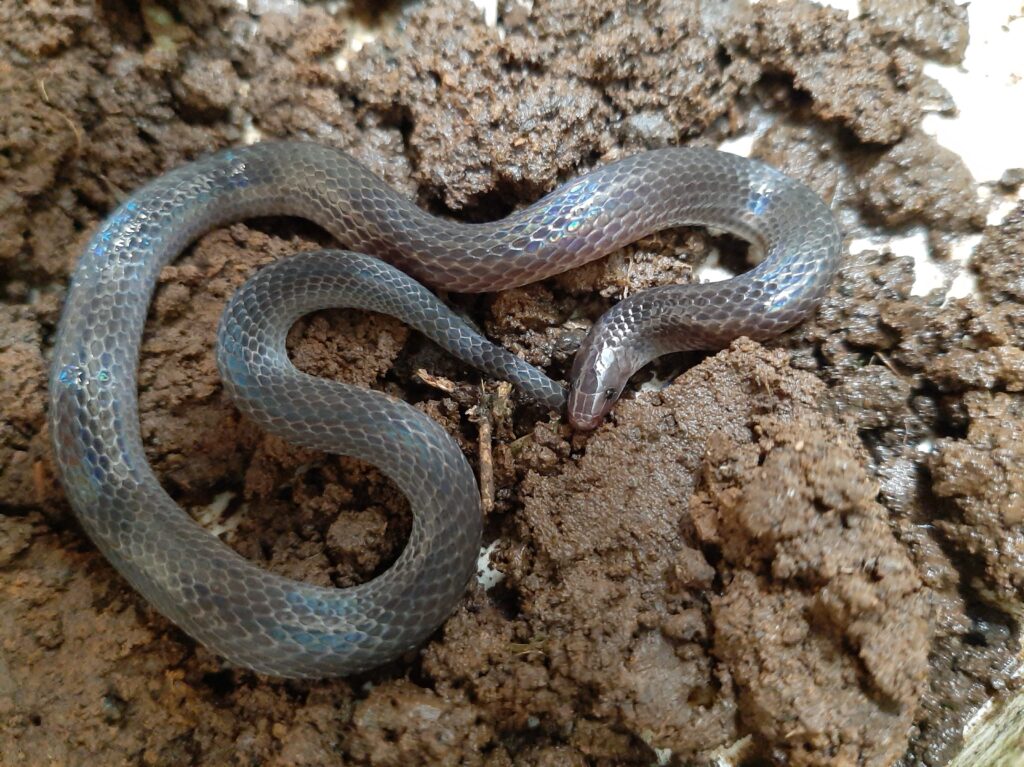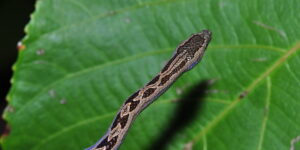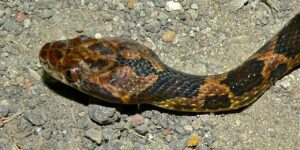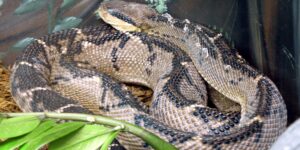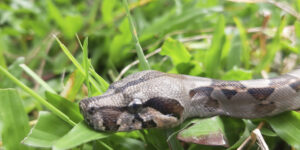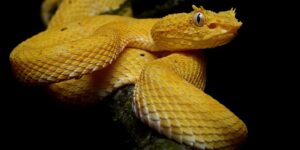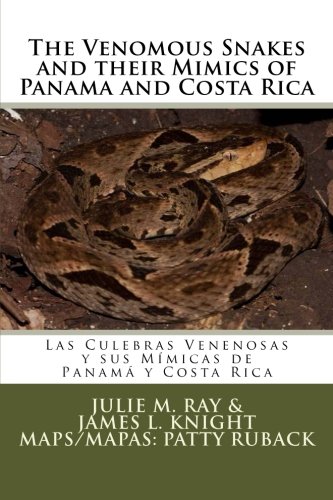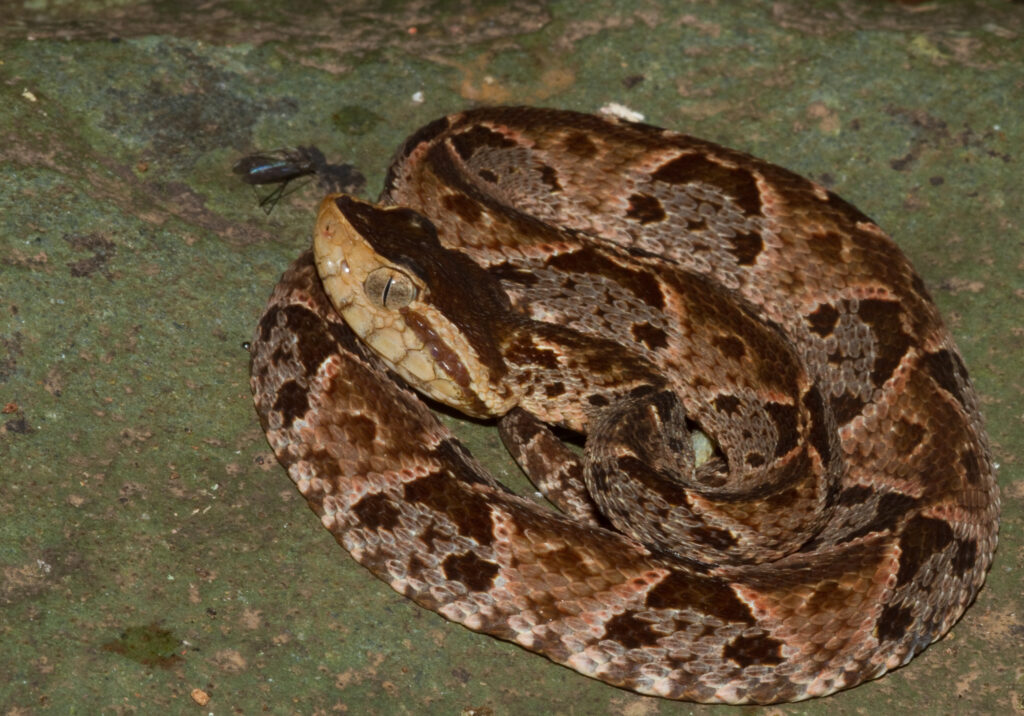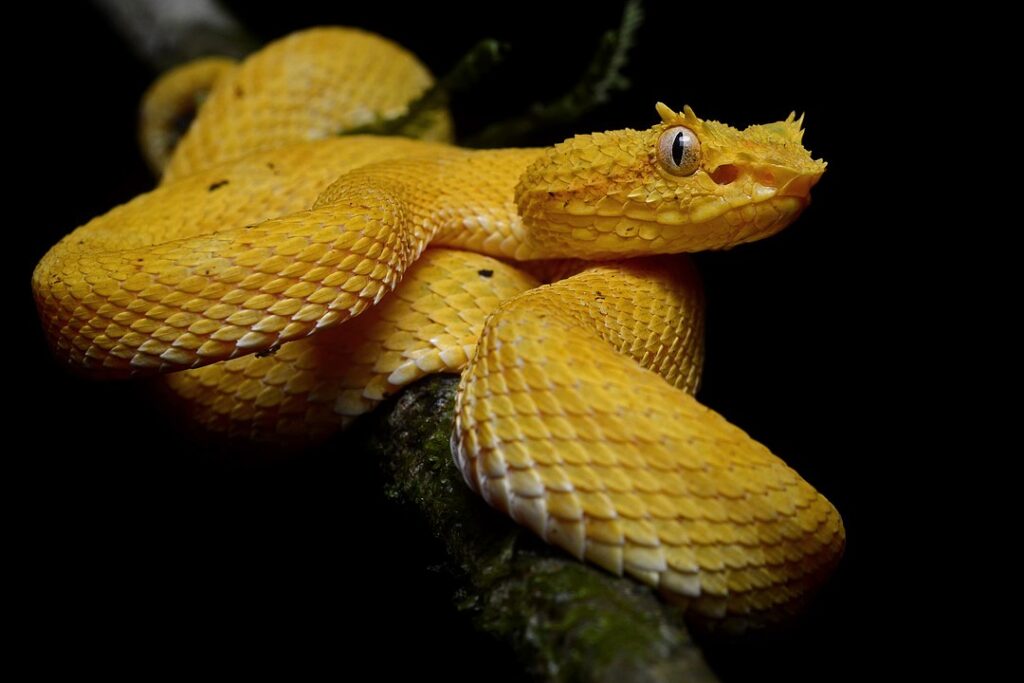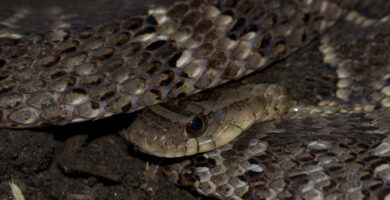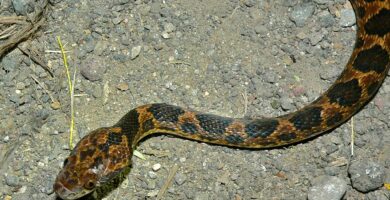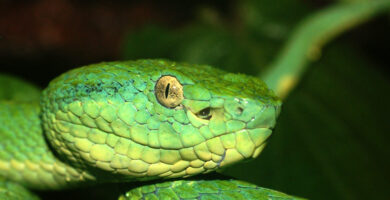Feared by many, admired by others, snakes never cease to captivate us with their presence. On this site, you can immerse yourself in the fascinating realm of these reptiles and expand your knowledge about them. Discover a collection of photos, videos, information, and intriguing facts about Costa Rica's primary vipers and snakes.
Snakes Costa Rica
Vipers and Colubrids
In Costa Rica, just like in all Central American nations, a wide array of animal species thrives. The biodiversity of these tropical countries is so remarkable that every year, thousands of visitors arrive in pursuit of adventure, learning, and above all, a genuine connection with nature.
Within this expansive array of wildlife, we encounter snake families. In Costa Rica, approximately 67% of reptile species are snakes. There are 147 snake species in total. However, only 25 are classified as venomous. This means we have 122 different species that pose no significant threat to human beings.
The 25 venomous species are distributed among two significant snake families: Elapidae (Elapids) and Viperidae (Vipers). Some of the most recognized elapids found in our country are the venomous coral snakes of the Micrurus sp genus, such as the Central American Coral Snake or the Giant Coral Snake. Additionally, other elapids like the Sea Snake (Hydrophis platura) can be found. On the other hand, within the Viperidae family, we can encounter pit vipers such as the Fer-de-lance, the Matabuey, or the beautiful Oropel (Bocaracá). Additionally, Costa Rica is home to rattlesnakes like the Central American Rattlesnake with its distinctive rattling tail.
On the other hand, among the non-venomous snakes, you can find diverse families such as Boidae, represented by its most iconic member, the Bequer Snake (Boa imperator). There's also Colubridae with the small and elusive Ninia sp, the Earth Snake, and the often mistaken false coral snakes.
Below, you'll discover information about the most common snakes and snakes in Costa Rica, so you can learn about them. The next time you come across one, you'll be able to distinguish between dangerous snakes and non-threatening ones.
Here are some of the snakes of Costa Rica.
Do you have photos you want to share with the world?

Estas son algunas de las fotos de nuestros seguidores
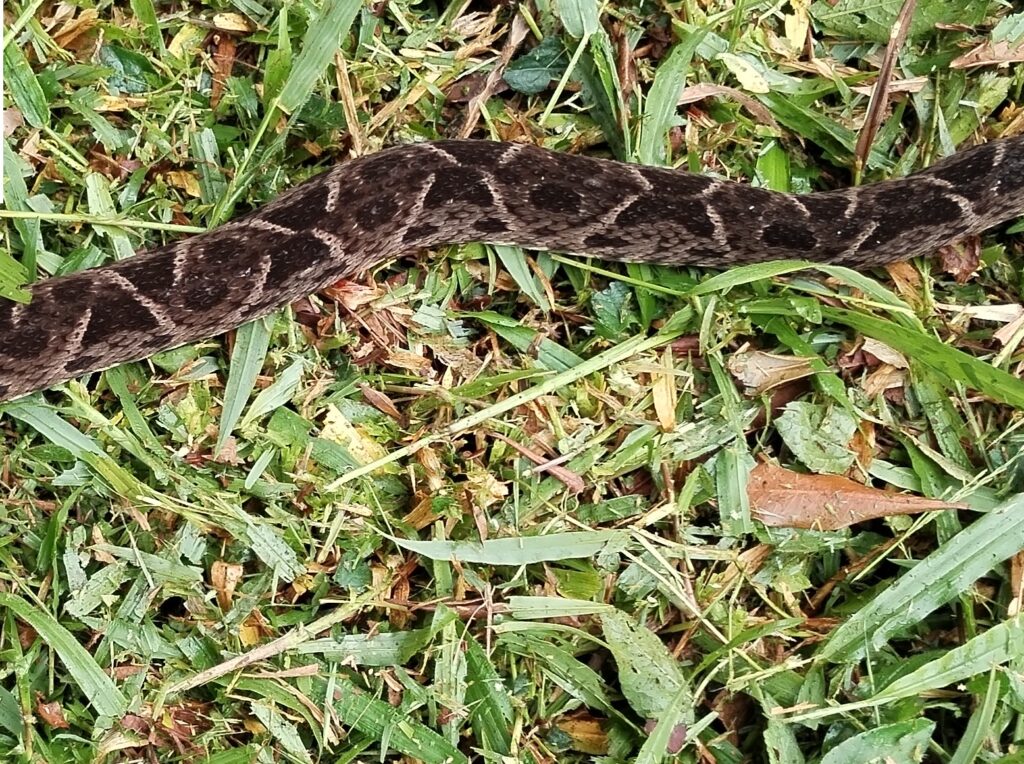
Fer-de-lance Photo by Mauricio González Murillo. San Ramon – Alajuela
Tamagá Común – Foto por: Sebastián Castillo, Santa Cruz de Turrialba
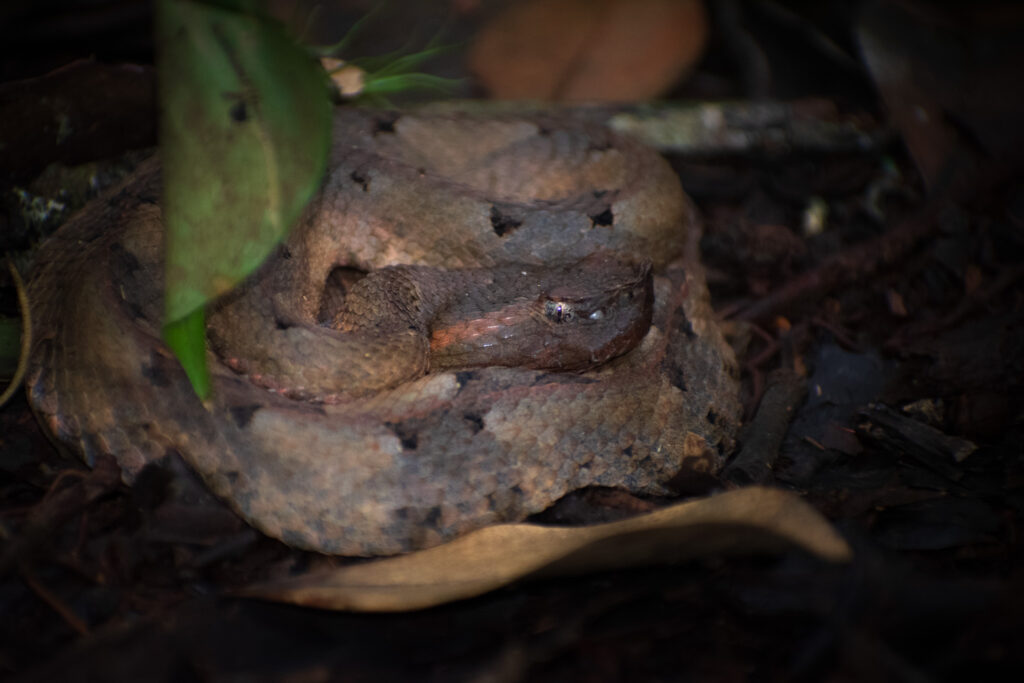
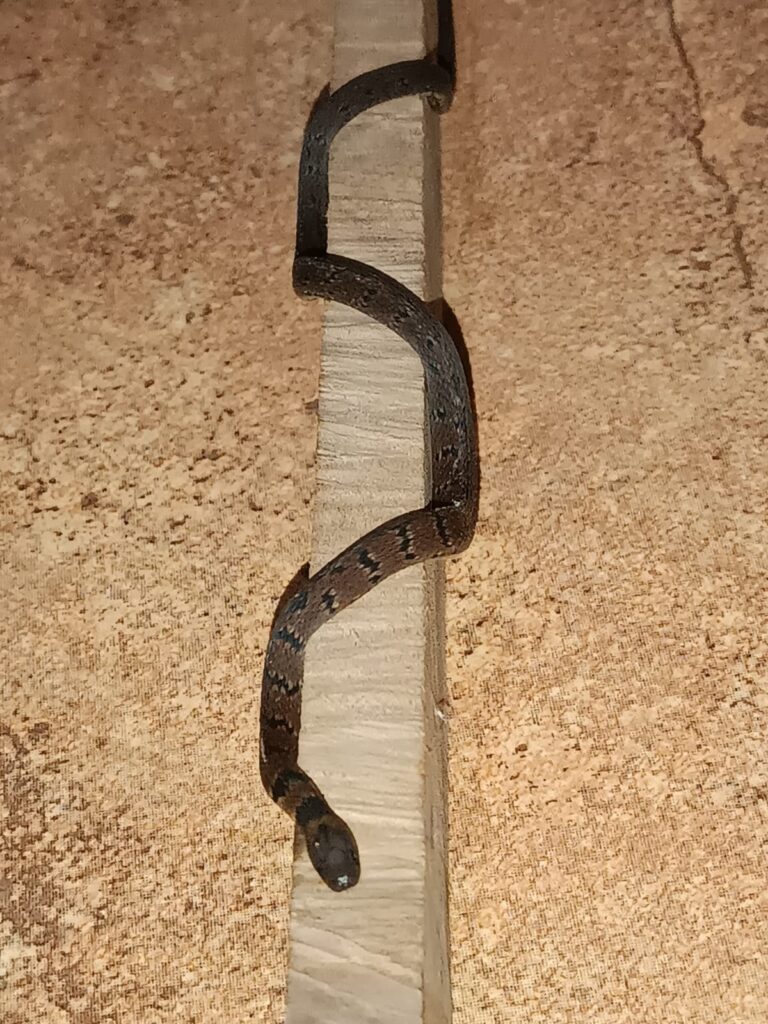
Culebra de Cafetal. Este individuo se metió a la casa dando un pequeño susto a la familia luego fue reubicado en una zona segura
Foto por German Vargas – Zarcero
Toboba de árbol. Este pequeña serpiente es bastante difícil de observar, sobre todo porque se camufla muy bien con su entorno.
Foto por German Vargas – Zarcero
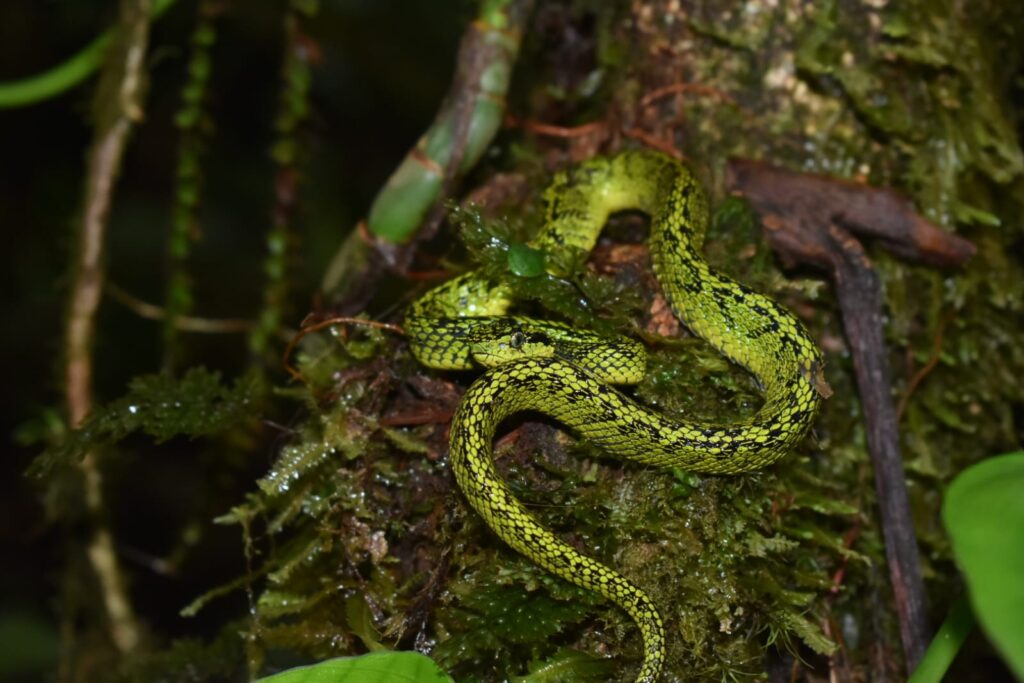
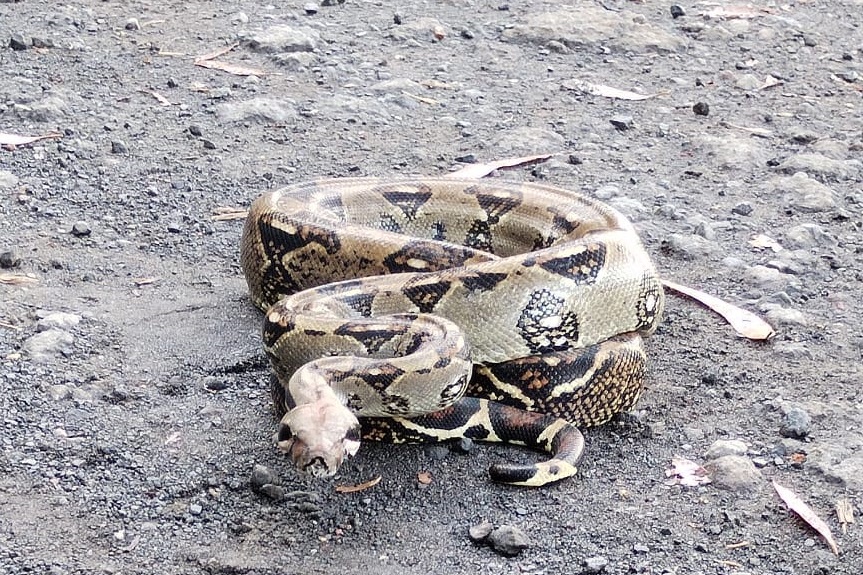
Serpiente Bécquer. Photo by Mauricio González Murillo. San Ramón – Alajuela
Fer-de-lance snake. Este gran ejemplar fue encontrado en Turrialba y reubicado por bomberos.
Foto por Rolando Castro
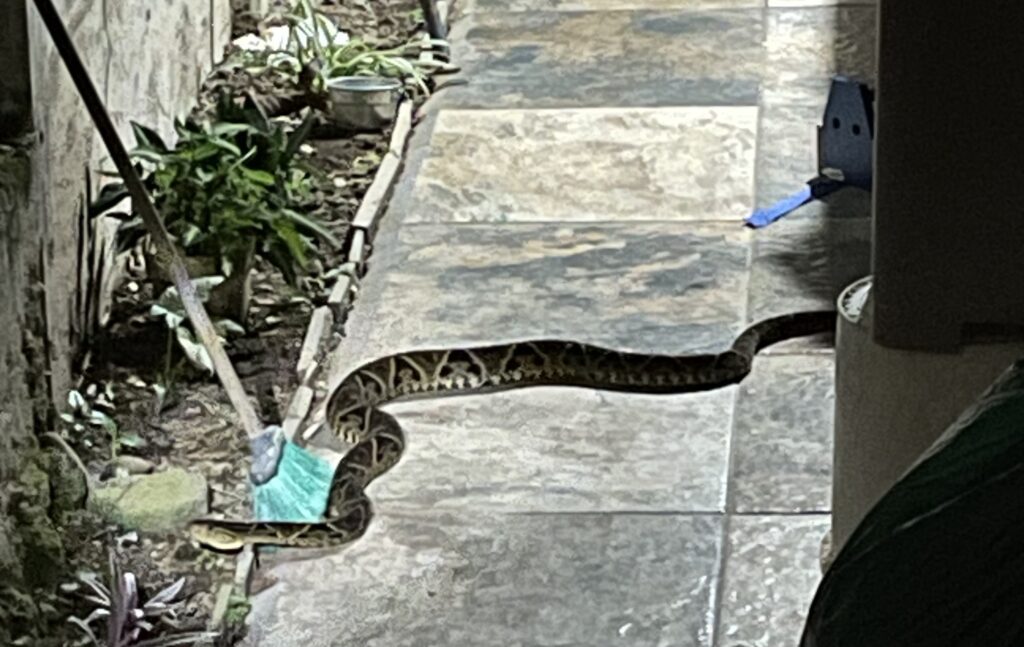
Are the snakes in Costa Rica dangerous?
Costa Rica, renowned for its stunning biodiversity and lush wildlife, is home to a diverse population of snakes that evoke both fascination and concern. The question of whether these snakes are dangerous is valid and deserves a thorough exploration.
To do so, we must analyze the danger posed by snakes in Costa Rica, distinguishing between venomous and non-venomous species, and discussing safety measures while working or hiking in environments frequented by these reptiles.
Venomous and Non-venomous Snakes: A Variety in the Forest.
In Costa Rica, there is a vast diversity of snakes, but only a small percentage of them are venomous and pose a potential threat to humans. Among the most well-known venomous snakes are the Fer-de-lance (Bothrops asper) and the Eyelash Viper (Bothriechis lateralis), both belonging to the Viperidae family. These snakes possess venom glands and specialized fangs to inject venom into their prey.
On the other hand, the vast majority of snakes in Costa Rica are harmless to humans. These non-venomous snakes play a crucial role in ecosystem balance by controlling rodent and other prey populations. Some common non-venomous snakes in the region include constrictor snakes, and colubrid snakes.
Precautions for Safe Coexistence
While exploring the natural wonders of Costa Rica, it's important to take precautions to avoid dangerous encounters with venomous snakes. Some essential tips include:
Knowledge: Learning how to identify venomous snakes from non-venomous ones is crucial. Consulting field guides, attending informational talks, seeking guidance from local experts, or visiting websites like serpientesdecostarica.com can help in distinguishing them.
This is a great moment to consider if you'd like to continue learning about the snakes of this Central American nation. If you're truly enjoying the content, you might find it appealing to acquire a book with the finest information about snakes, and why not, other reptiles too? Here are our recommendations for the best books to learn about these animals. The book "Primera edición de Alejandro Solórzano – herpetólogo costarricense," is at the top of the list.
If you're from Costa Rica, you can acquire the latest and updated book (Second Edition) of Serpientes de Costa Rica here.
Distance: Maintaining a safe distance from any snake you encounter is crucial. Do not attempt to touch or handle any snake, even if you believe it's not dangerous, as they can react defensively if they feel threatened. If you live in an area with a high snake population, you might consider purchasing safe snake handling equipment.
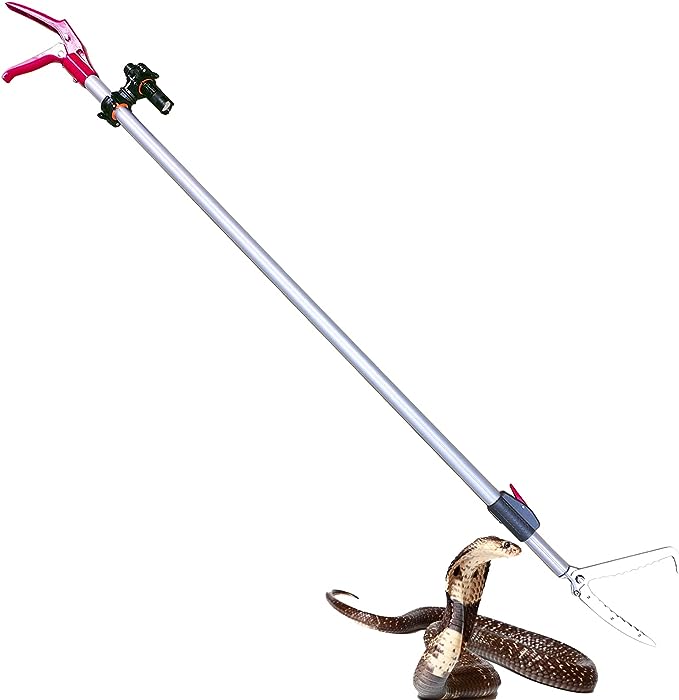
Snake Hook
Sometimes it's necessary to relocate a snake. Do so safely with the proper equipment.
Appropriate Footwear and Clothing: When walking or working on natural trails or in areas prone to snake presence, it's advisable to wear closed-toe shoes and clothing that covers your limbs to minimize the risk of snake bites. Most snakebites occur on the lower area of the feet and on the hands and fingers.
Hiking shoes.
When walking through the forest, it's crucial to protect your feet, as they are the most common site of snake bites.

Respeto y conservaciónRespect and Conservation: We must remember that we are in the natural habitat of these snakes and should act with respect towards their space. Avoiding disturbing or provoking them contributes to harmonious coexistence.
The Most Dangerous Snakes in Costa Rica
When we talk about snakes, we often immediately associate them with danger, fear, and even disdain. The truth is, bites from certain snakes can jeopardize people's health, which is why they are considered dangerous. Nevertheless, we must understand that snakes often react defensively and instinctively, because for them, humans are the real threat.
That's why snake bites are referred to as "Ophidian Accidents", as they usually result from "invasion" of snake habitats by humans. In Costa Rica, there's a wide variety of venomous vipers, but Ophidian Accidents occur more frequently with two specific species:
Fer-de-lance snake
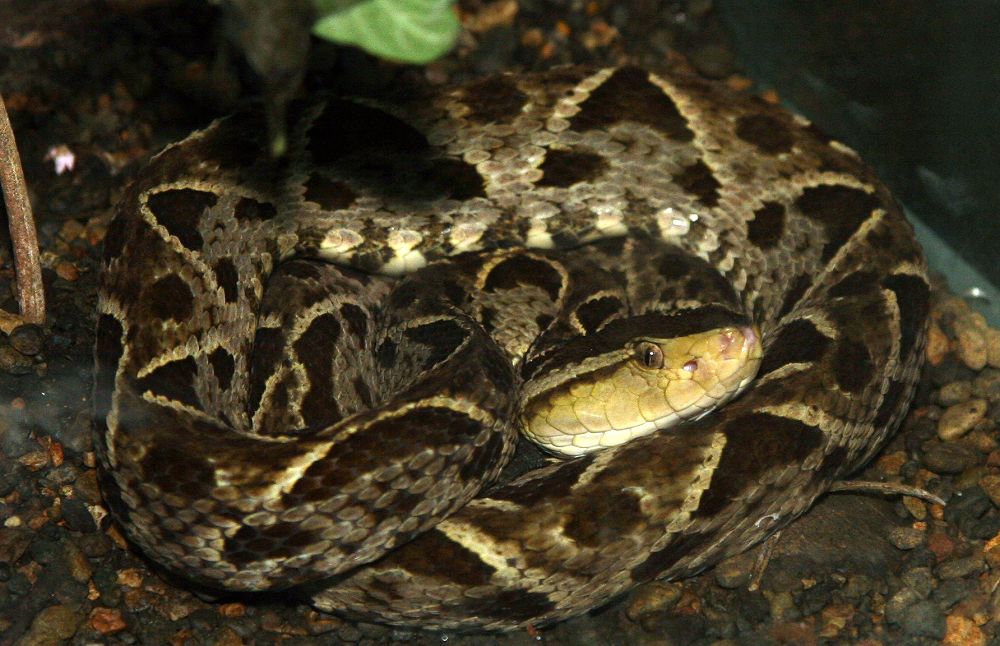
The Fer-de-lance snake (Bothrops asper) is known as the most feared snake in Costa Rica when it comes to ophidian accidents.
This snake is present throughout most of the territory due to its ability to adapt to environments altered by humans. It can thrive in forests as well as more urban areas. Its effective coloration camouflage often makes it difficult to spot, and people unintentionally step on them, leading to bites.
The Fer-de-lance snake has the capability to inject a significant amount of venom, which can cause severe localized damage such as necrosis, damaging both muscular tissue and skin. It can also lead to complications in victims, including intense pain and bleeding. These factors emphasize the importance of treating encounters with this species with extreme caution.
The side-striped palm pitviper
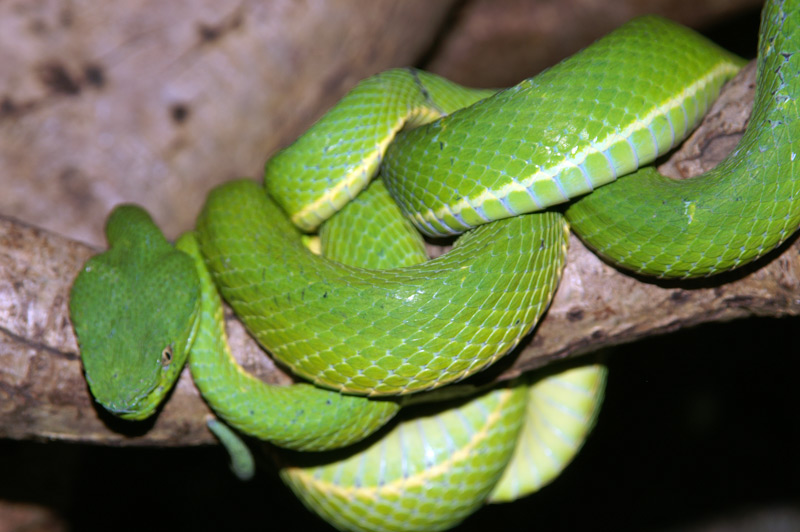
The side-striped palm pitviper (Bothriechis lateralis), also venomous, displays a striking green coloration and an unassuming appearance, yet it's one of the snakes responsible for numerous ophidian accidents each year.
Due to its arboreal behavior, its presence in plantations is very common, especially in coffee fields where workers use their hands to directly collect coffee beans from the plants, which is exactly where these snakes inhabit. This leads to several accidents each year.
While its venom is less potent than that of the Fer-de-lance snake and typically leads to mild envenomations, it can still cause health problems. Caution is advised, especially when working in plantations.
Conclusion
In summary, while Costa Rican snakes offer a captivating glimpse of nature, it's crucial to respect and understand their role in the ecosystem. Venomous snakes like the Fer-de-lance snake and the side-striped palm pitviper can be dangerous if not handled carefully. By staying informed, taking appropriate precautions, and appreciating the beauty of these creatures from a safe distance, it's possible to enjoy the rich diversity of snakes in Costa Rica safely and responsibly.
The Most Famous Vipers and Snakes of Costa Rica
Fer-de-lance snake
By far, it's the most recognized snake in Costa Rica, partly due to its ability to inhabit a significant portion of the national territory and partly because of its notorious reputation. You can learn more about it here.
Eyelash viper
The "Oropel" snake, also known as the "Bocaracá" (Bothriechis schlegelii), is a strikingly beautiful venomous snake found in Costa Rica. It belongs to the Viperidae family and is known for its vibrant green and yellow coloration. You can read more about it here.
Serpientesdecostarica.com
Why?

We are passionate about snakes.
That's why we want to share relevant information that helps enhance the understanding of different snake species.

Species Conservation
We aim to raise awareness about how we should treat snakes and emphasize that encountering one doesn't mean the solution is to kill it.

From home
How many times have you wanted to observe a snake but didn't know where to find one? At serpientesdecostarica.com, we want to make it possible for you to do so without leaving your home.
Most Viewed
Did you come across a snake and would like the photos you took to appear in our image gallery? Share them with us and send them to our email snakescostarica@gmail.com. Soon, you'll be able to see them in our gallery with your name at the bottom of each image.

